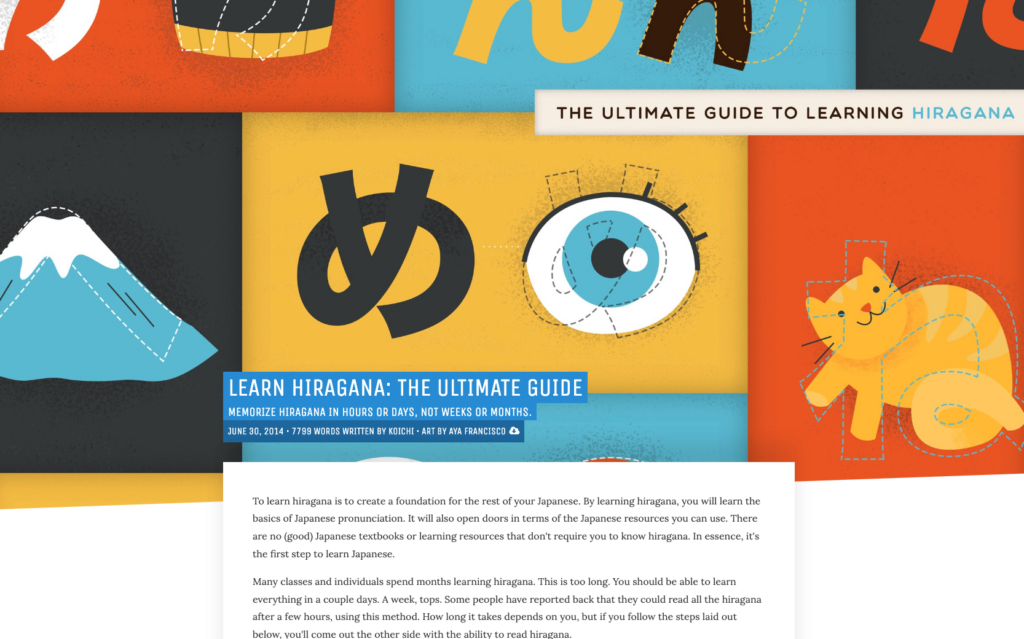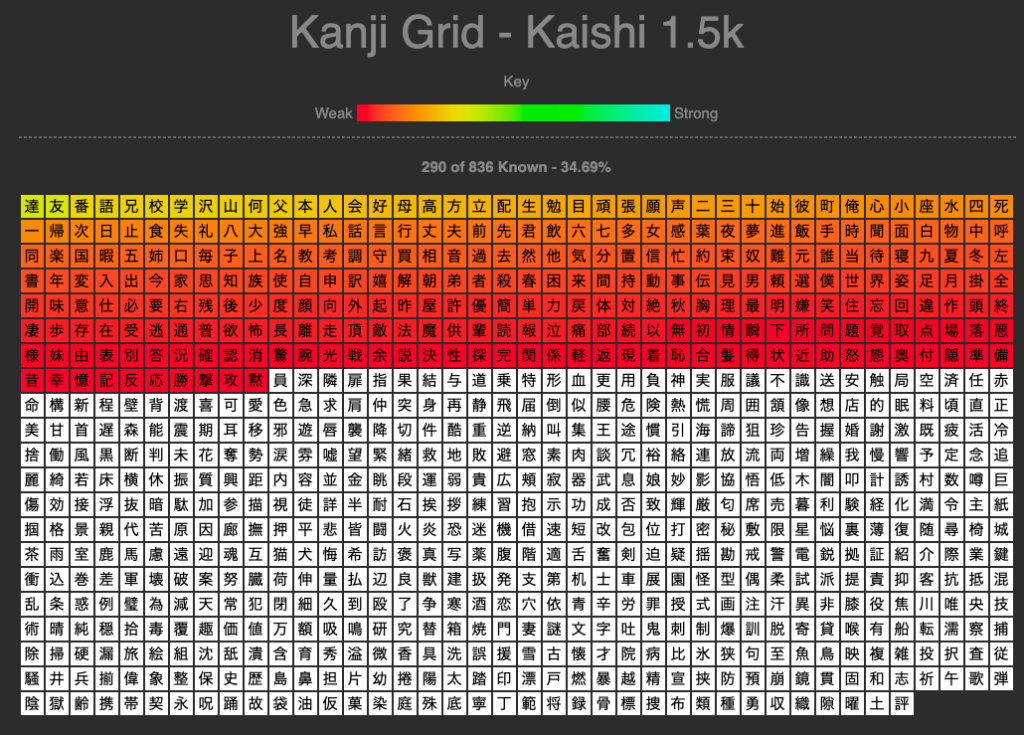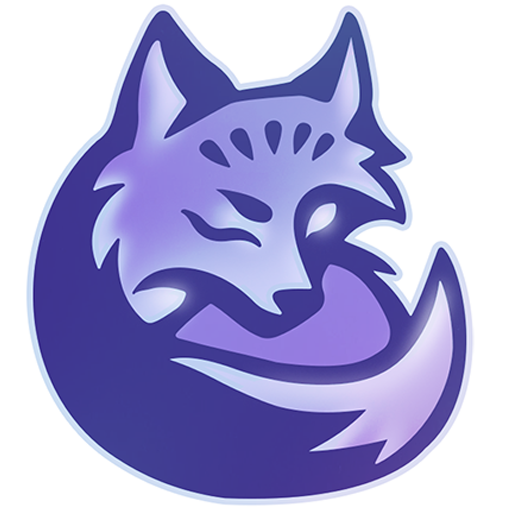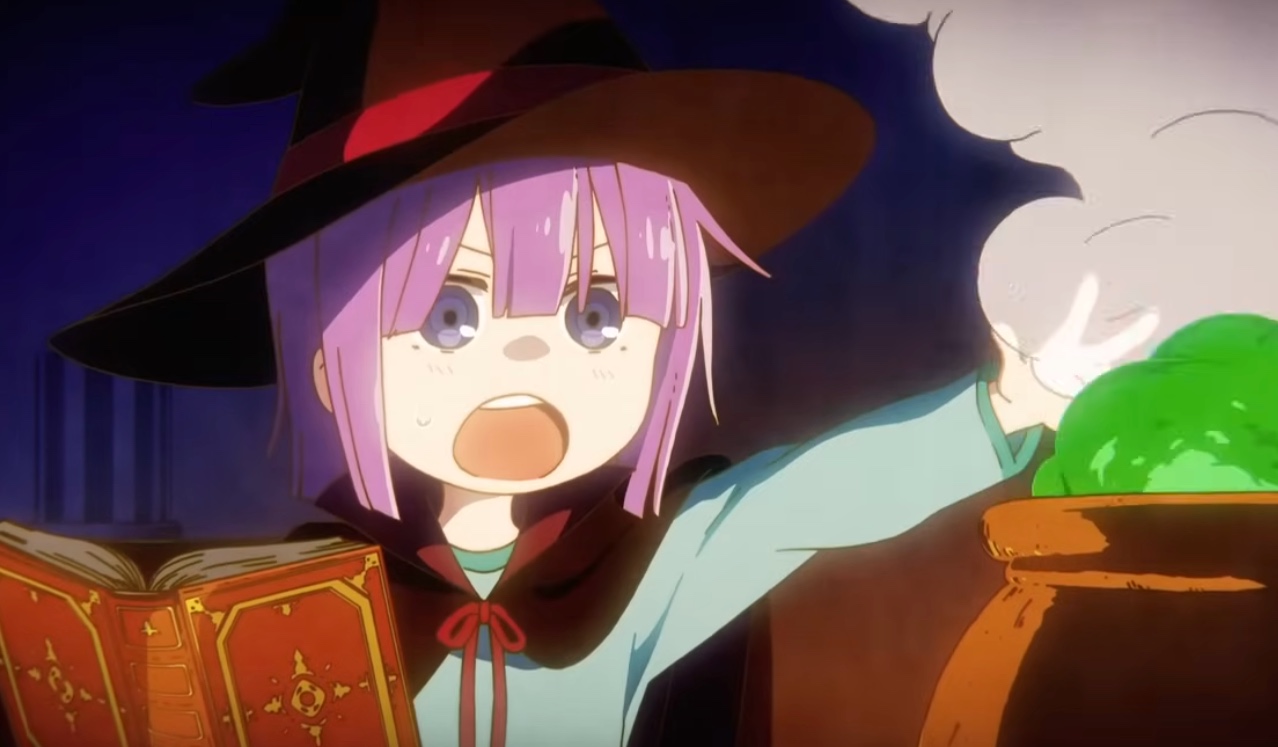So as of about a month ago I decided to pick up a new language, finally! I’ve known some German for a good while now (A2-B1 perhaps, depending on who you ask). I sorta fell off from that, though, and haven’t practiced much in the last few years.
So when my partner was looking at Japanese and potentially learning that it ignited something of an ADHD spark in me. Competition, I thought, with my better half. I figured I’d do my best to learn Hiragana (ひらがな)and Katakana (カタカナ)as quickly as I could and go from there. And bloody hell it really isn’t as hard as you’d think! I used the Tofugu guides to get these mnemonics down and to learn the syllabaries in just a few days 🙂

My thought that this would be inspiring for Alex was completely wrong so I guess I’m flying solo on the language learning journey here. I’ll get him to learn a language some day. Still! I hope that even just that bit can inspire you. Hiragana and Katakana really are not hard. You just have to accept that you’ll be reading slowly for a little while even once you know them.
So what’s next? Anki! I had actually purchased the iOS version of this many years ago for German and then for Toki Pona but just kinda.. got bored of it. I’ve seen Anki flashcards described as a gym for your memory and that’s kinda what it is. It’s not an exciting or fun task but fuck me is it effective.

If you’ve not heard of the concept before, flashcards are a thing where you need to recall the word from memory based on the front of the card then flip it to see if you were right. Anki is a great implementation of this technique and you can use the modern FSRS algorithms to improve your retention much better than just picking random cards. It uses a concept called spaced repetition. Basically, you space out your recall of words over time with longer and longer gaps. This trains your brain that the information is important and should be retained.
I have been going through the Kaishi 1.5k deck which is a modern deck of 1,500 Japanese words. it features sentence cards with one particular word (usually including Kanji) that you’ll need to remember. The back side has furigana (the hiragana to represent the pronunciation of the Kanji) as well as the meaning of the word and the sentence. It also comes with neat images and audio clips 😀


Ideally, I should be combining this tactic with proper immersion such as subtitle-less anime or some Japanese dramas. CIJapanese is also super neato. Honestly, the 160 or so reviews I do each day tends to wear me out and I get so busy doing other stuff. Maybe that comprehensible input will be more interesting and fun once I finish this entire deck. We’ll see!
This is all part of Stephen Krashen’s approach to language acquisition. A focus on comprehensible input rather than book study. And I really am trying to apply his tactics even if just going through flashcards for now. I’ve been trying to internalise concepts almost visually rather than as English words, if that makes any sense. take 後ろ(ushiro) for example, meaning back, or behind. When I recall this card, I try to imagine looking behind me, or the general vibe of behind-ness. I am trying to avoid the trap of translating to English and then to a concept as this is something I definitely had with German.
My general goal right now is to learn to a point where I can understand Japanese media without subtitles and can hopefully engage in conversation with natives. I’m sure those are both way way off, though, and I’m forever struggling to try and keep the motivation.
What I would really like is something like what Deutsche Welle did with Nicos Weg in German. It a cute story about a ‘Spanish’ man who gets lost in Germany without his documentation or anything really. He learns German and meets new people through the story. You end up learning along with him and complete exercises after each 1-2 minute clip that forms a feature-length film. I just remember having such a good time with this and it really nailed home many of the grammar points for me in German. If only I knew about Anki back then.
Anyway, this was just a fun little post since i haven’t written in a while. I’ll leave you with an image of the Kanji I know so far from the Anki Kaishi grid addon. I’ve seen 290/836 Kanji in this deck and I’ve learned about 400 new words so far in varying stages of maturity. Hopefully I keep this up!



Leave a Reply